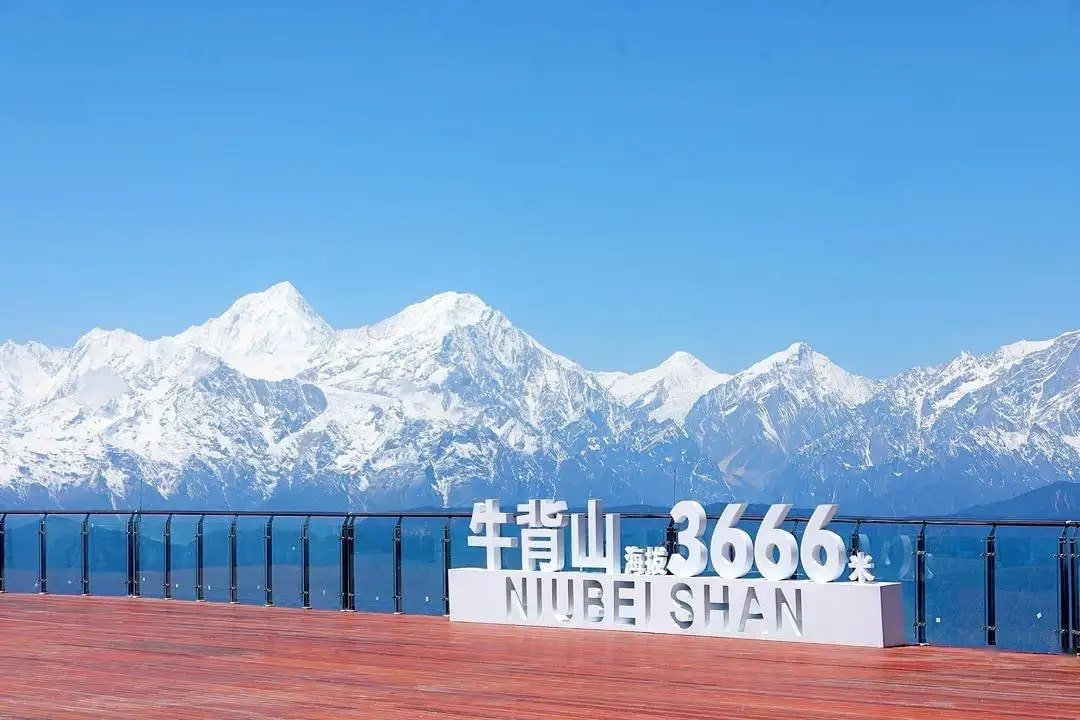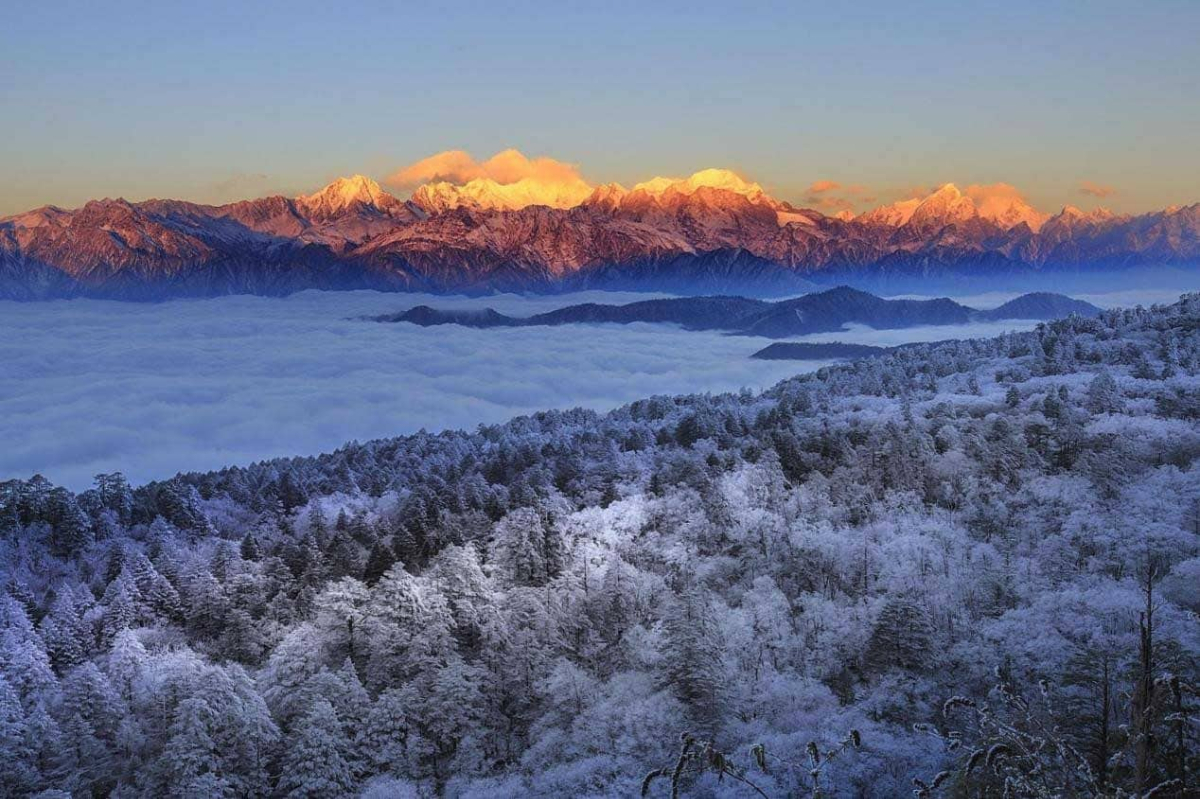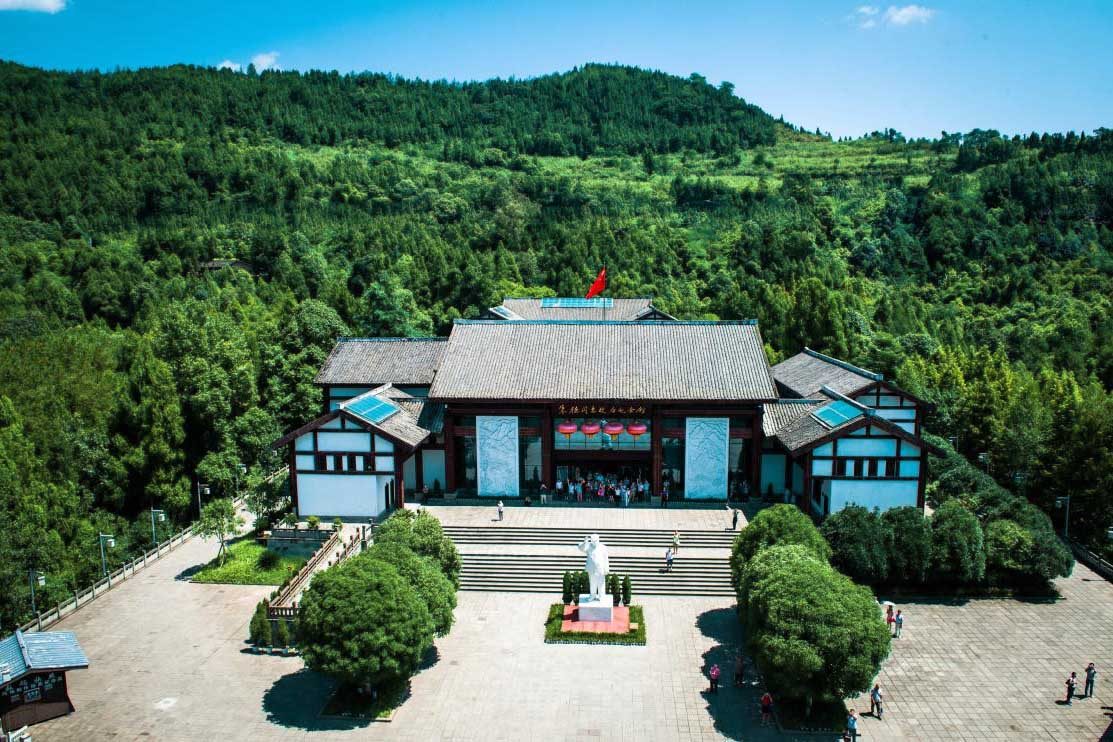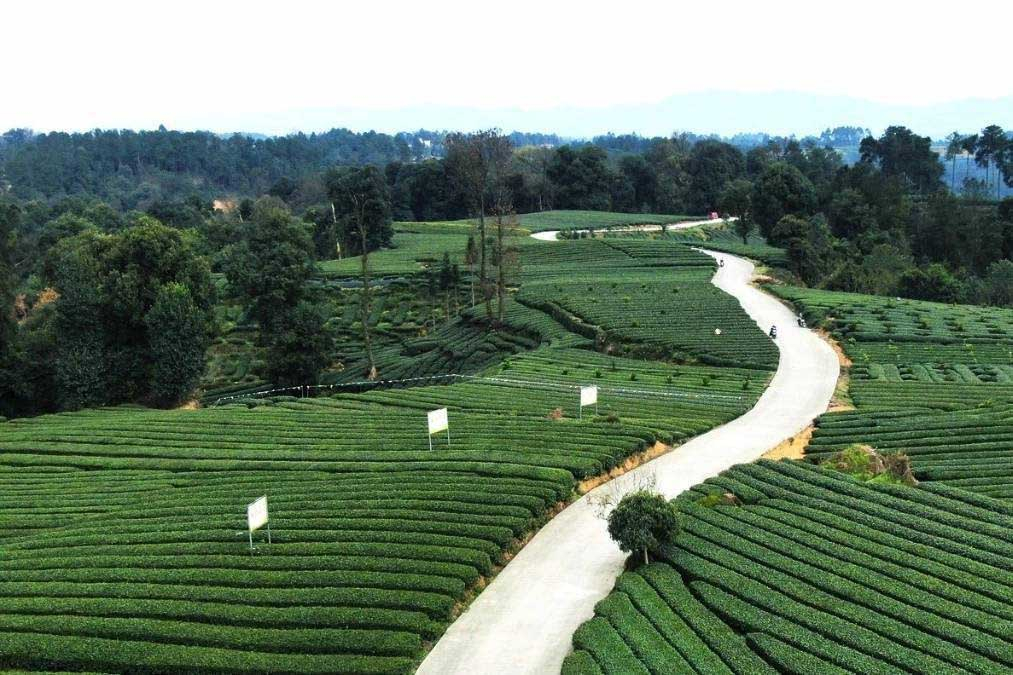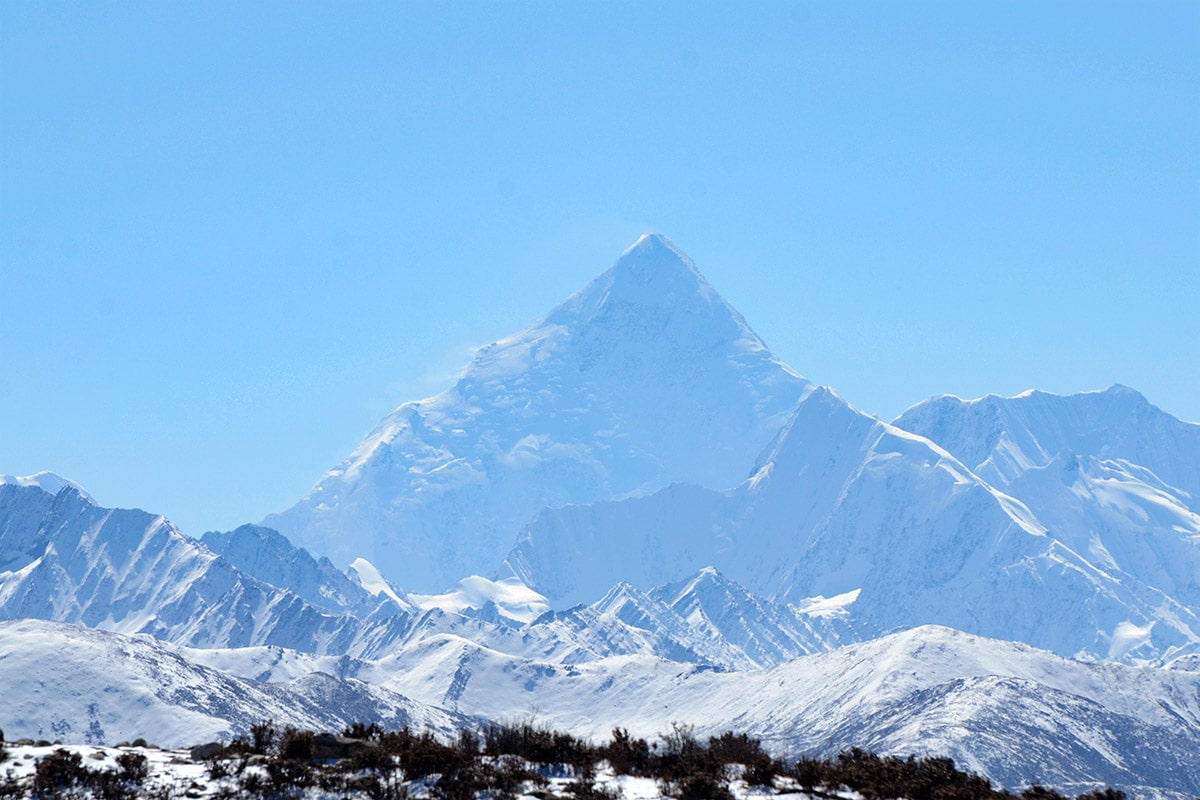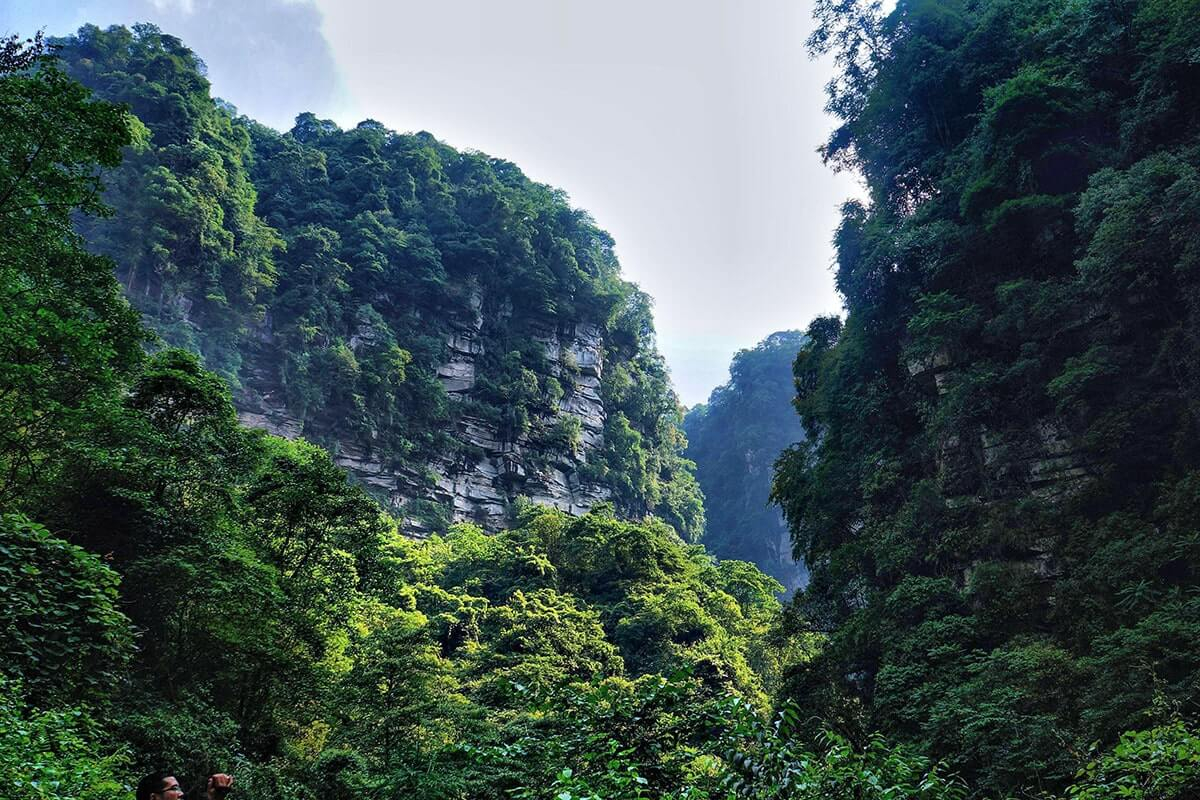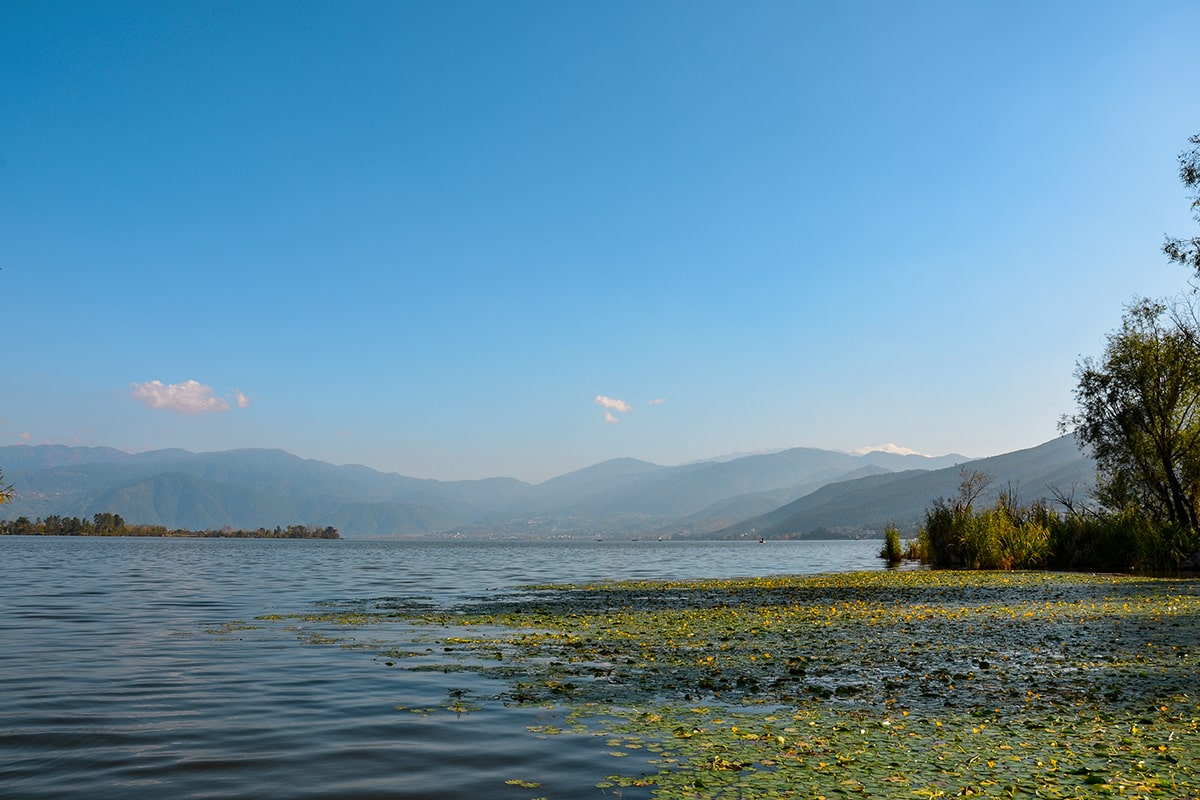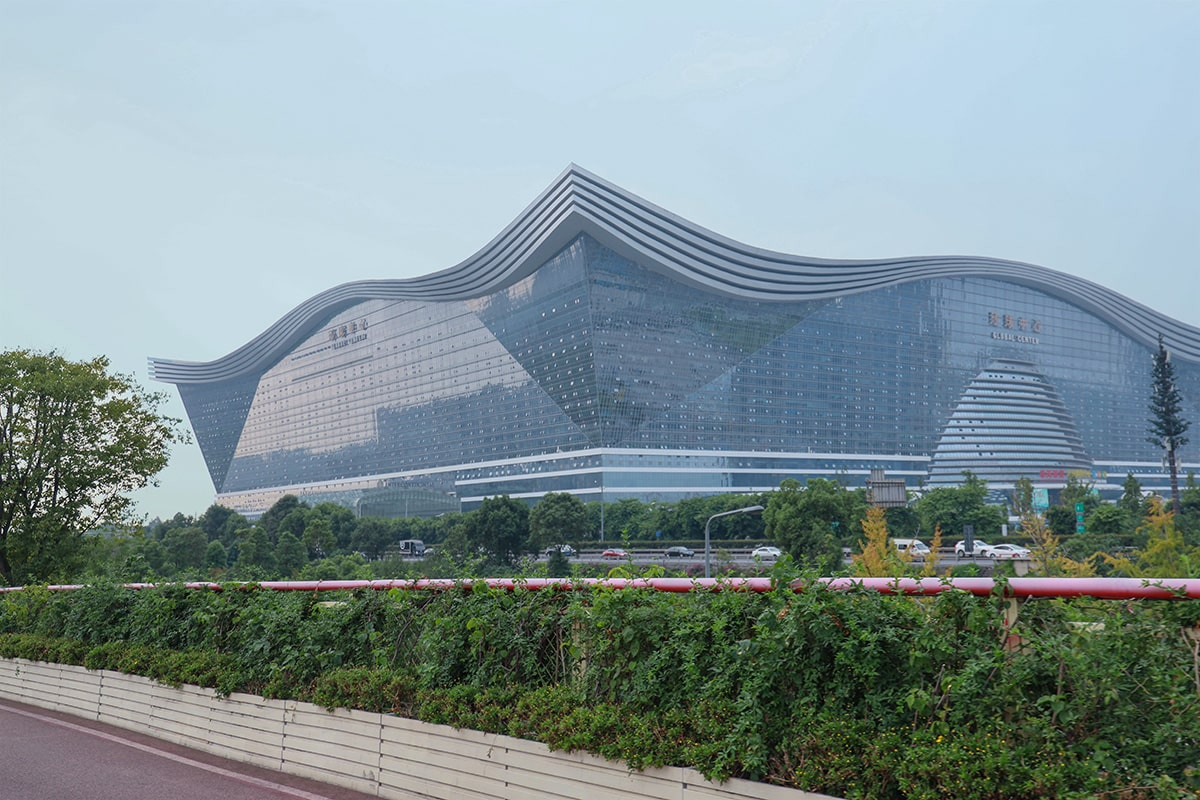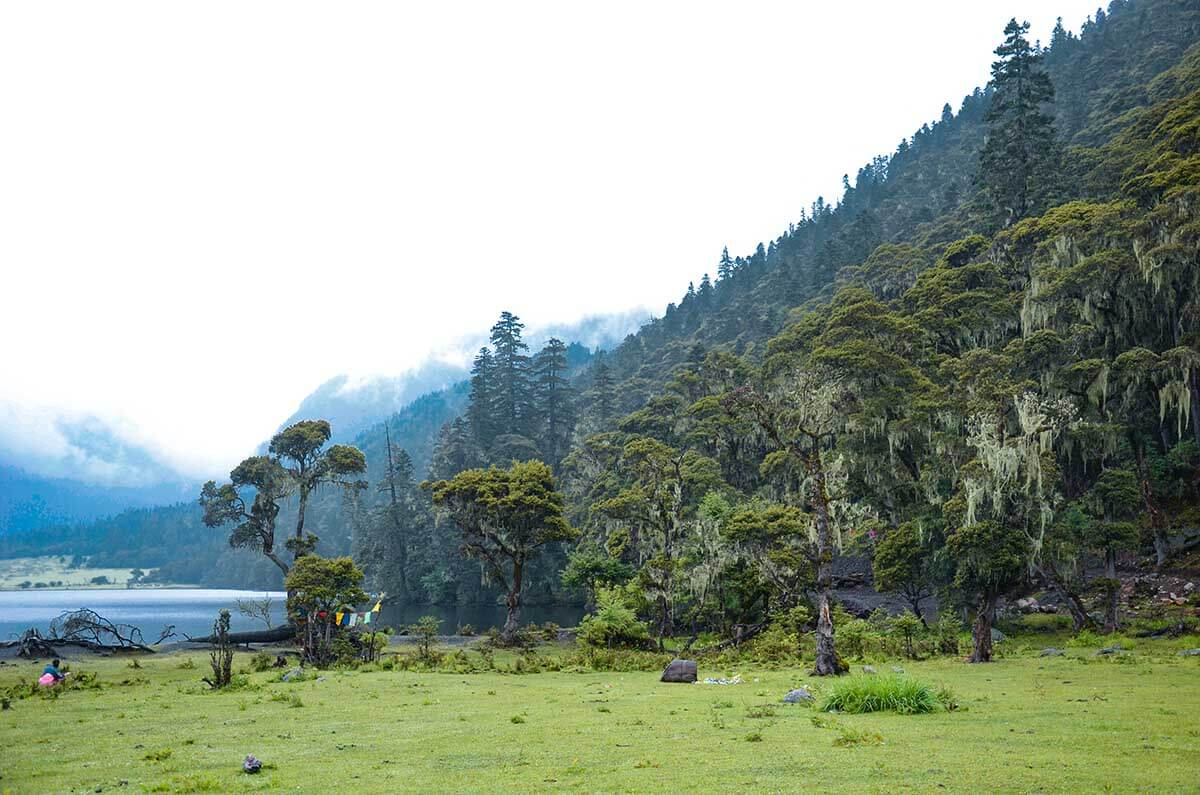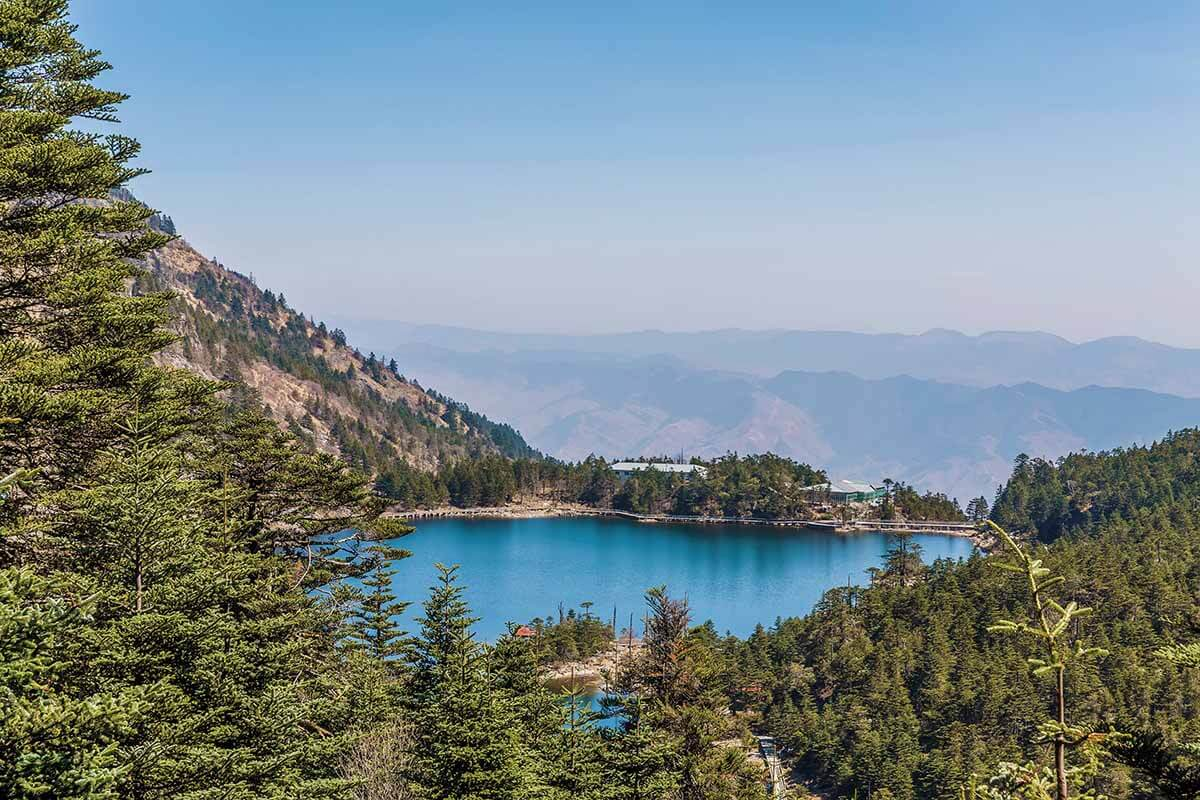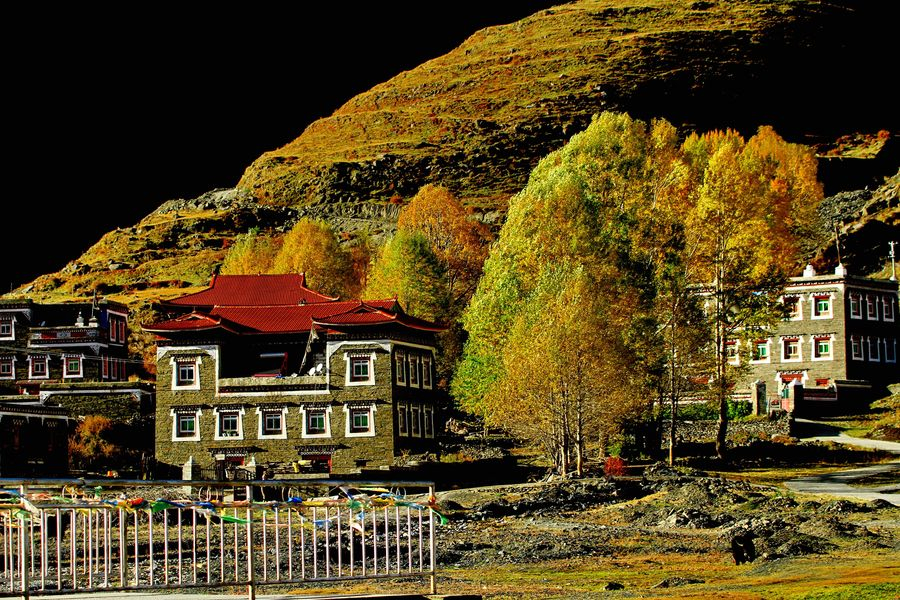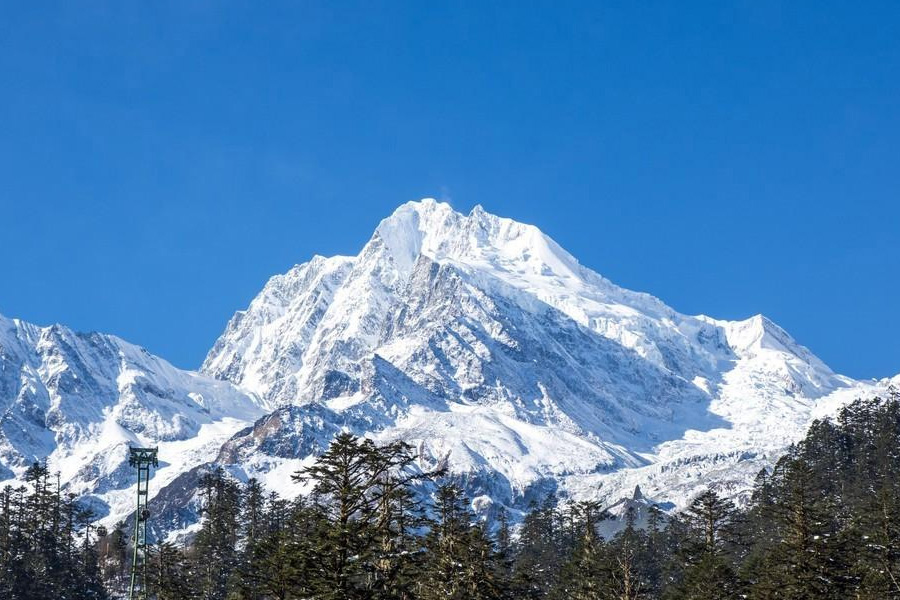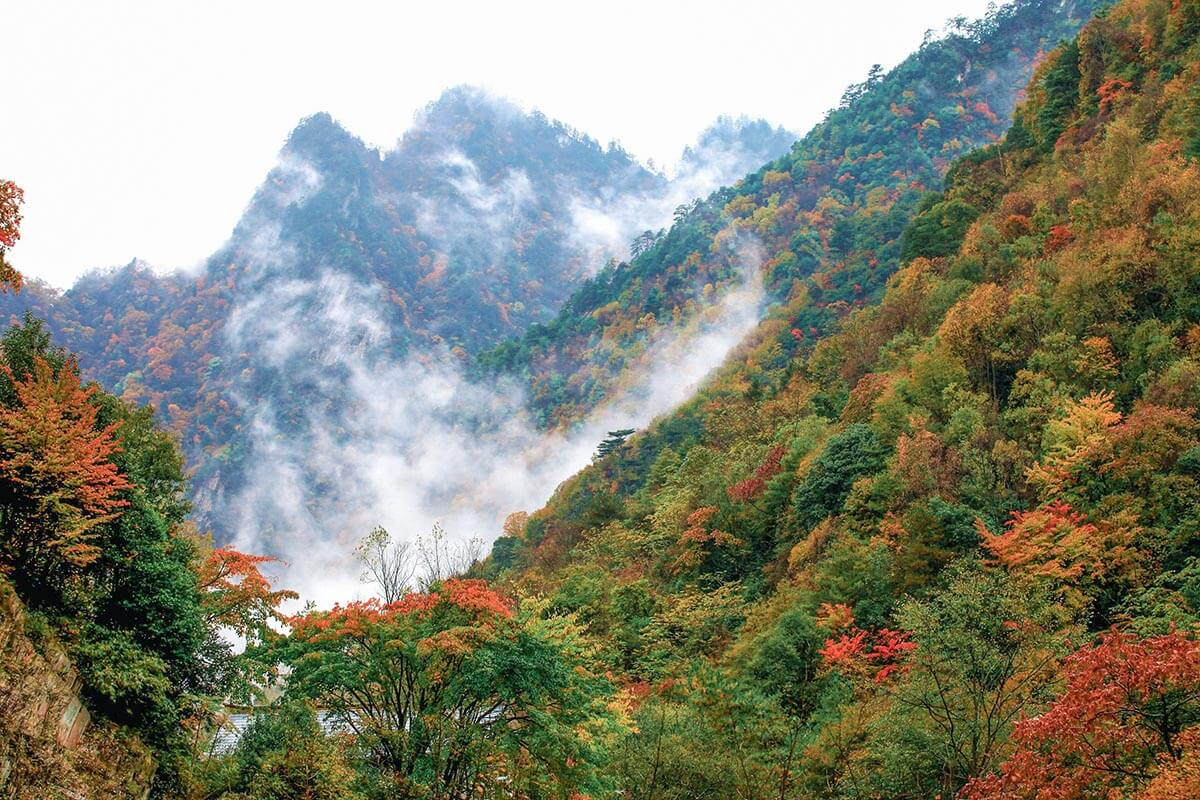Wenshu Monastery
Chinese Name: 文殊院 (Wen Shu Yuan)
Location: No.66, Wenshuyuan Street, Qingyang District, Chengdu, Sichuan Province
Ticket: Free
Estimated tour time: 1.5 hours
Recommended time to visit: All year round.
Nearby attractions: Chunxi Road, Taikoo Li, Renmin Park (People’s Park), Estern Suburb Memory Park, etc.
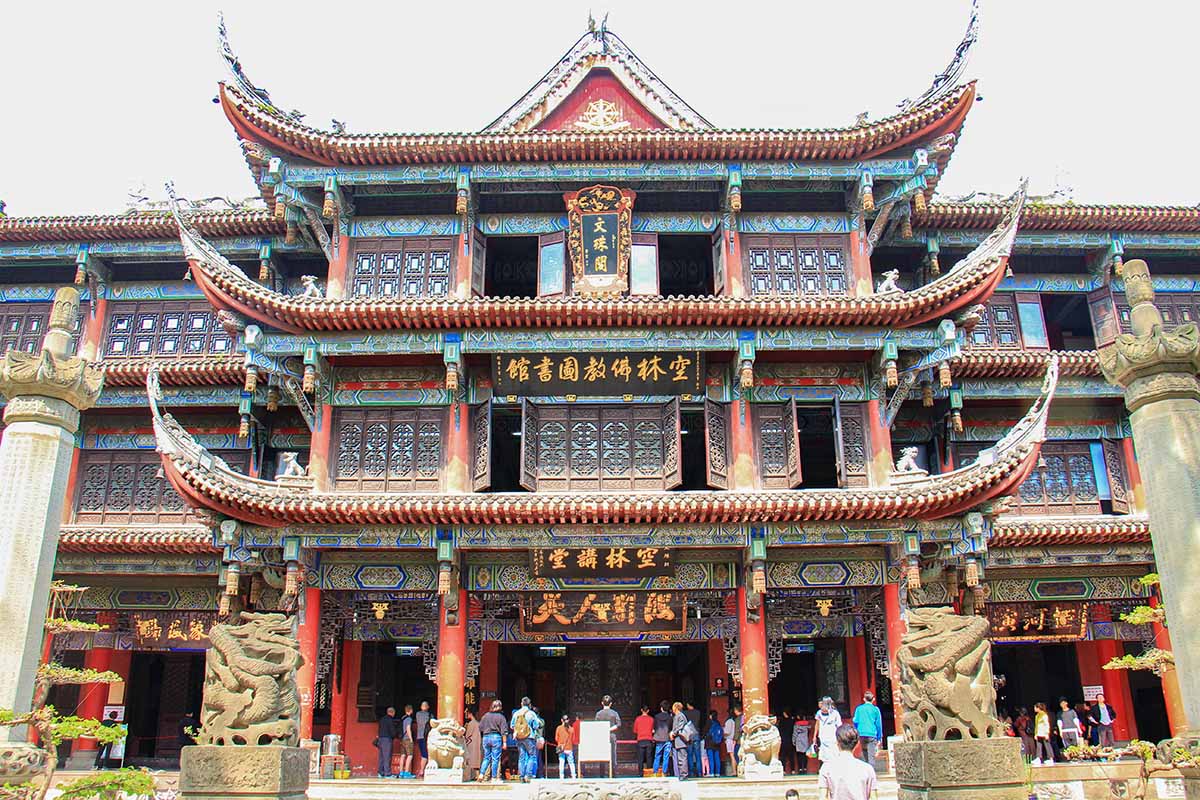
Wenshu Monastery is one of the top five well-known historical sites in Chengdu. It is located in the north of Chengdu, covering an area of 20 hectares (49 acres). This Tang-dynasty monastery is dedicated to the Bodhisattva of Wisdom - Wenshu (Manjusri), and is Chengdu’s largest and best-preserved Buddhist temple. The atmosphere is heavy with incense and chanting sometimes, as well as a sense of serenity and solitude. The temple’s popular vegetarian restaurant and teahouse are a lovely attraction. The old neighbourhood streets surrounding the temple are full of teahouses, snack stalls and shops; though sounds touristy, it’s still fun to wander through.
Wenshu Monastery was built in Daye period of Sui Dynasty (605-617 A.D.) which was firstly named as Xinxiang Temple. By the end of the Ming Dynasty (1368-1644), it was destroyed due to the war between the rebels and the government. In 1697, the temple was rebuilt and finally renamed as Wenshu Monastery. In 1702, Emperor Kangxi granted the silk banner of "Kong Lin"(空林) and sent envoys delivering it to Wenshu Monastery. Therefore, this temple is also known as "Kong Lin Hall" which literally means “empty monastery hall”.
Wenshu Monastery has a collection of cultural relics and numerous treasures. The temple enshrines more than 300 Buddha statues, which have high cultural and artistic value and provide valuable information for us to study ancient sculpture, casting and other crafts.
● Two Holy Sites in “Kong Lin”
Sarira - Buddha’s relic
Sarira is the most precious sacred thing in Buddhism, and there is one relic of Buddha’s bone in Wenshu Monastery. It is said that Sarira is pearl-shaped beads formed after the cremation of Sakyamuni Buddha's body. Later, it also refers to the relics of Buddhas and eminent monks. In 1920's, when Master Nenghai (1886-1967) was worshiping Bodh Gaya in India, Master Fojin (a monk from Chongqing) was in charge of incense and candles in Bodh Gaya. Thus, Master Fojin asked Master Nenghai to bring the Sarira back to Wenshu Temple for enshrine and worship. This relic was once hidden in a secret niche in the temple. In recent years, a tower was built for the public to worship the Sarira.
Master Xuanzang's Parietal Relic
Master Xuanzang (602-664) was praised as "the backbone of the nation" by Lu Xun (1881-1936, a prestigious writer, revolutionist, educator, etc) for his spirit of not fearing the hardships and dangers of going west to pursue the Buddhism and seek development. On the left side of the Chenjing Building in the monastery is the parietal relic of Master Xuanzang, which was found in Bao’en Temple in Nanjing in the 1940s. Chengdu is the place where Master Xuanzang received precepts after he became a monk, and where he lived for five years. Therefore, a parietal bone relic of Xuanzang was invited to this monastery from Nanjing for enshrine and worship.
● Main Buildings of Wenshu Monastery
This monastery faces south, with five main halls. By entering the gate, five buildings appear successively: the Heavenly Kings Hall (天王殿), the Three Mahasattvas Hall (三大士殿), the Daxiong Hall (the main shrine hall, 大雄宝殿), the Preaching Hall (说法堂), and the Sutra Library (藏经楼). Integrated with the bell tower, dining hall, bungalows and other buildings on both sides, it has a typical architectural style of the Qing Dynasty, which is solemn, simple and spacious.
The Heavenly Kings Hall 天王殿
According to the traditional Chinese architectural practice, the Heavenly Kings Hall is generally placed behind the entrance gate as the front building of Buddhist monasteries. It contains the Four Heavenly Kings’ huge statues which are usually made of wood or clay. These heavenly kings serve as protectors of lands in four directions. The four statues flank a south-north axis and the statue of Maitreya Buddha sits in the middle who is also known as the Laughing Buddha among Chinese people. Behind the statue of Maitreya Buddha is the Amitabha Buddha. He built and takes the helm of the Western Pure Land.
The Three Mahasattvas Hall 三大士殿
Mahasattva is a Sanskrit word which means great Bodhisattva. A Mahasattva refers to a Bodhisattva who attains a high degree on the path of consciousness awakening. The Three Mahasattvas are Manjusri (文殊), Avalokitesvara (观世音) and Samantabhadra (普贤). Wenshu Monastery is named after Manjusri Bodhisattva. He is regarded as the symbol of the most profound wisdom. Avalokitesvara Bodhisattva is considered as the symbol of the deepest compassion while Samantabhadra means great virtue. In addition, the statues of King Wenchang and Guan Yu flank the three Bodhisattvas in this hall. Wenchang is a Taoist god who is regarded as the God of Literature. Guan Yu was a general of the Shu-Han Kingdom during the Three Kingdoms Period(220-280 A.D.). Later, he became one of the guardians in Buddhism for his valor and combat effectiveness.
The Daxiong Hall (the main shrine hall) 大雄宝殿
This hall is commonly the primary building in every Buddhist monastery and is built to commemorate and worship Siddhartha (悉达多). Sakyamuni (释迦牟尼) is a title granted to Siddhartha by his disciples. The Daxiong Hall is usually placed with three Buddhas or seven Buddhas. In Wenshu Monastery, this hall is dedicated to Sakyamuni Buddha in which some other statues are also placed: Ananda (阿难陀) and Kasyapa (迦叶). They are both the disciples receiving Sakyamuni’s personal teaching and the retinues of Sakyamuni.
The Preaching Hall 说法堂
In front of the hall stands a copper sculpture of a mythical beast. It has a dragon head and tiger claws. It is called Hou or Shanting in Chinese which seems listening to Buddha’s lecture.In the middle of the hall hangs the inscribed board “Kong Lin” granted by Emperor Kangxi which is in his handwriting.
There are two niches in the Preaching Hall. The Buddha statues in the niches are made of jade. Both were taken back from Burma. In 1923, Master Xinglin went to Burma and was granted with a jade Buddha statue as a gift. The other one was offered by Master Dengyun in 1938.
- HOTEST
- RECOMMEND
